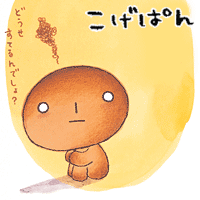
Kogepan
Japanese Name: こげぱん Literal Translation: Burnt Bread Released: ? Original Japanese: WWW Originally there was a limit of 20 per day for the popular anpan.1 "Kogepan," who is cared about without knowing why, says "You're going to throw it away anyway right?" and pouting a little, perceives society anywhere by turning his back muttering. もとは1日20個限定の人気あんぱん。 “どうせすてるんでしょ?”と、ちょっとすねたり、どこか世の中を悟ったような“うしろ向き発言”がなぜか気になる「こげぱん」。 Characters
Series 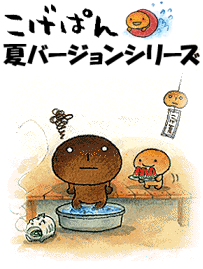 Natsu Version Series
Natsu Version SeriesJapanese Name: こげぱん夏バージョンシリーズ Literal Translation: Burnt Bread Winter Version Series Released: May 2001 Original Japanese: WWW This summer pattern appears with the popular season series!! What in the world is Kogepan and everyone's summer…? There are lots of designs with summer contents that everyone is thinking about. A fun series of summer with lots of interesting items flourishing. 人気の季節柄シリーズに、夏柄が登場!! こげぱんたちの夏って、いったい どんななんだろう…?? 気になるデザインは、夏ならではのネタで、いっぱい! しかもおもしろアイテムが盛りだくさんで、夏が楽しくなるようなシリーズです。  Okashiyasan Series
Okashiyasan SeriesJapanese Name: こげぱんのお菓子やさん?! シリーズ Literal Translation: Burnt Bread Sweet Shop?! Series Released: December 2001 Original Japanese: WWW There are lots of sweets at the bread shop…. Why??? The reason is, surprisingly, because Kogepan opened a sweets shop?! Together with Kogepan, it looks like you can buy cookies and cakes that were made. But he might get bored, so check ahead of time! パン屋なのにお菓子がいっぱい…。なぜ???その理由は、なっなんと、こげぱん がお菓子やさんを開いちゃったから?!こげぱんとしては一緒に買われるよう、 クッキーやケーキを作っているみたい…。でもあきっぽいからお早めにチェック してね! 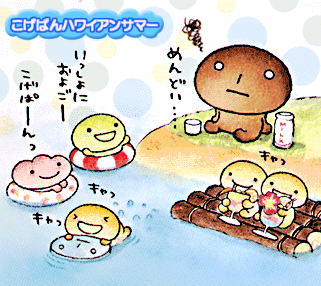 Hawaiian Summer
Hawaiian SummerJapanese Name: ハワイアンサマー Literal Translation: Hawaiian Summer Released: May 2002 Original Japanese: WWW From hibiscus to sailor suits to surfing…. What in the world? Surprisingly, Kogepan and everyone came to the southern Hawaiian islands?! Looks like Kogepan is having fun in his own way at the resort. Looks like you can taste the resort feeling with Kogepan and everyone? ハイビスカスにセーラー服にサーフィン…。ここは一体どこ? なんと、こげぱん達がハワイアンな南の島に来ちゃった?! こげぱんなりに、リゾートを楽しんでいるみたい。 こげぱん達と一緒に、リゾート気分を味わってみてはいかが? 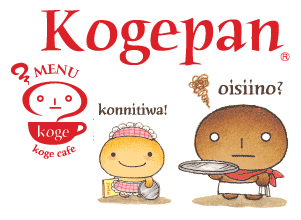 Kogepan Cafe
Kogepan CafeJapanese Name: こげぱんカフェ Literal Translation: Burnt Bread Cafe Released: October 2002 Original Japanese: WWW Surprisingly, apparently Kogepan is the owner?! 「koge cafe」 opened! At this time, 「koge cafe」 goods are the focus and original products appear! Of course the ease of use is considered. なんと、こげぱんがオーナーらしい?!「koge cafe」がオープンしたよ! 今回は「koge cafe」プロヂュースによる雑貨を中心としたオリジナル商品が登場。 もちろん、使いやすさにもこだわっています。  Kogepan Party
Kogepan PartyJapanese Name: こげぱんパーティー Literal Translation: Burnt Bread Party Released: December 2002 Original Japanese: WWW Everyone loves parties and of course so does Kogepan and everyone! There are fun events like the magic show with playing cards and the costume party! みんな大好きなパーティーも、こげぱん達だって、もちろん大好き! マジックショーにトランプ大会、仮装パーティー等、とっても楽しそう! Images 

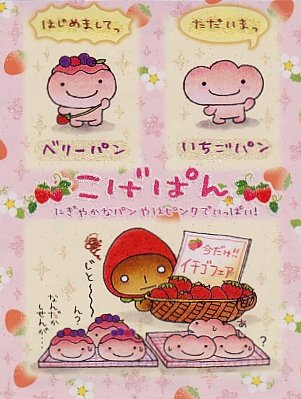

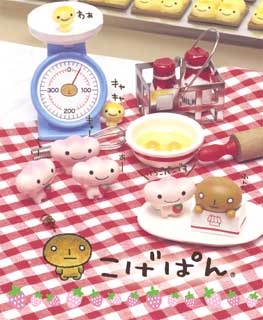

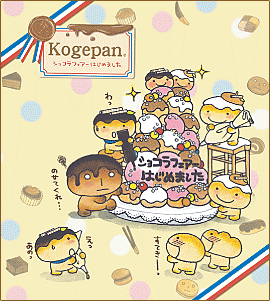
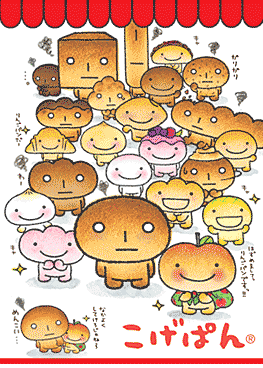
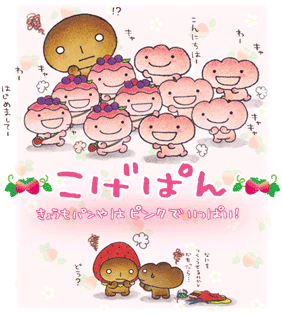
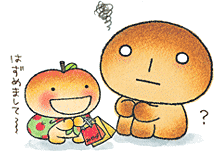
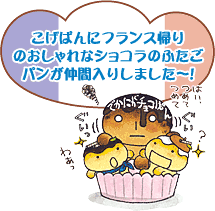






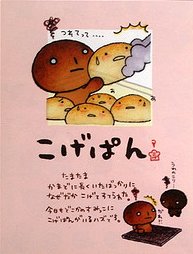
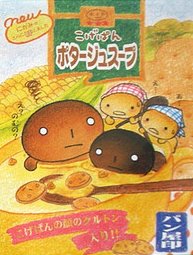

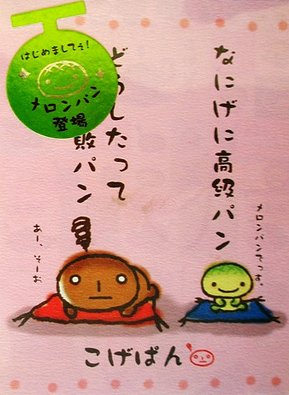



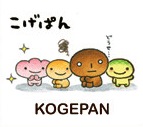

































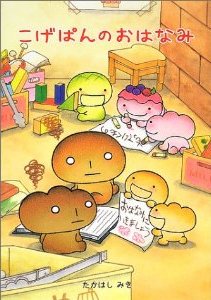



|
I think we're all fond of this little burnt anpan bread guy! Kogepan is a classic San-X character who is so depressed that he gets drunk everyday from milk. I remember one of the first times a really long time ago that I read about Kogepan was "The Story of Kogepan" [PDF]. There are also some great videos about him on YouTube:
Kogepan Episode 1. Also, here's a cute fansite I just discovered!
Japanese Culture 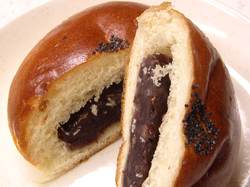 1. Anpan (あんパン) is a Japanese sweet roll most commonly filled with red bean paste. Anpan can also be prepared with other fillings, including white beans (shiro-an), sesame (goma-an) and chestnut (kuri-an). Wikipedia: Anpan 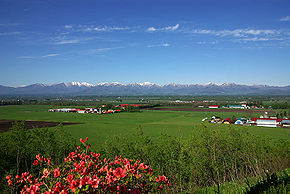 2. Tokachiheiya (十勝平野) is a big field in Hokkaido. Wikipedia: 十勝平野 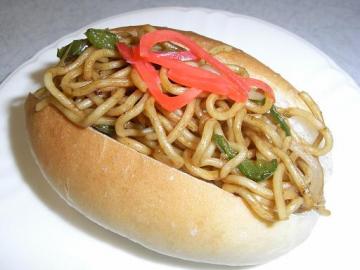 3. Yakisoba (焼きそば) is considered a Japanese dish but originated in China and is technically a derivative of Chinese chow mein. It first appeared in food stalls in Japan at some point during the early 20th century. Although soba usually refers to buckwheat noodles in mainland Japan, Yakisoba noodles are made from wheat flour similar to ramen. It is typically flavoured with a sweetened, thickened variant of Worcestershire sauce. It is prepared by stir frying ramen-style noodles with bite-sized pork, vegetables (usually cabbage, onions or carrots) and flavored with yakisoba sauce, salt and pepper. It is served with a multitude of garnishes, such as aonori (seaweed powder), beni shoga (shredded pickled ginger), katsuobushi (fish flakes), and mayonnaise. Yakisoba is most familiarly served on a plate either as a main dish or a side dish. Another popular way to prepare and serve yakisoba in Japan is to pile the noodles into a bun sliced down the middle in the style of a hot dog, and garnish the top with mayonnaise and shreds of pickled ginger. Called yakisoba-pan, pan meaning bread, it is commonly available at local matsuri (Japanese festivals) or konbini (convenience stores). Wikipedia: Yakisoba  4. Osaka-style sauce is presumably a variation of Japanese Worcestershire brown sauce (ウスターソース) and is made from purees of fruits and vegetables such as apples and tomatoes, with sugar, salt, spices, starch and caramel. It commonly accompanies western-influenced yōshoku dishes such as tonkatsu and korokke. Yakisoba sauce, and okonomiyaki sauce are also variants of Worcestershire sauce, often thicker and sweeter than the original. Wikipedia: Japanese Worcestershire sauce 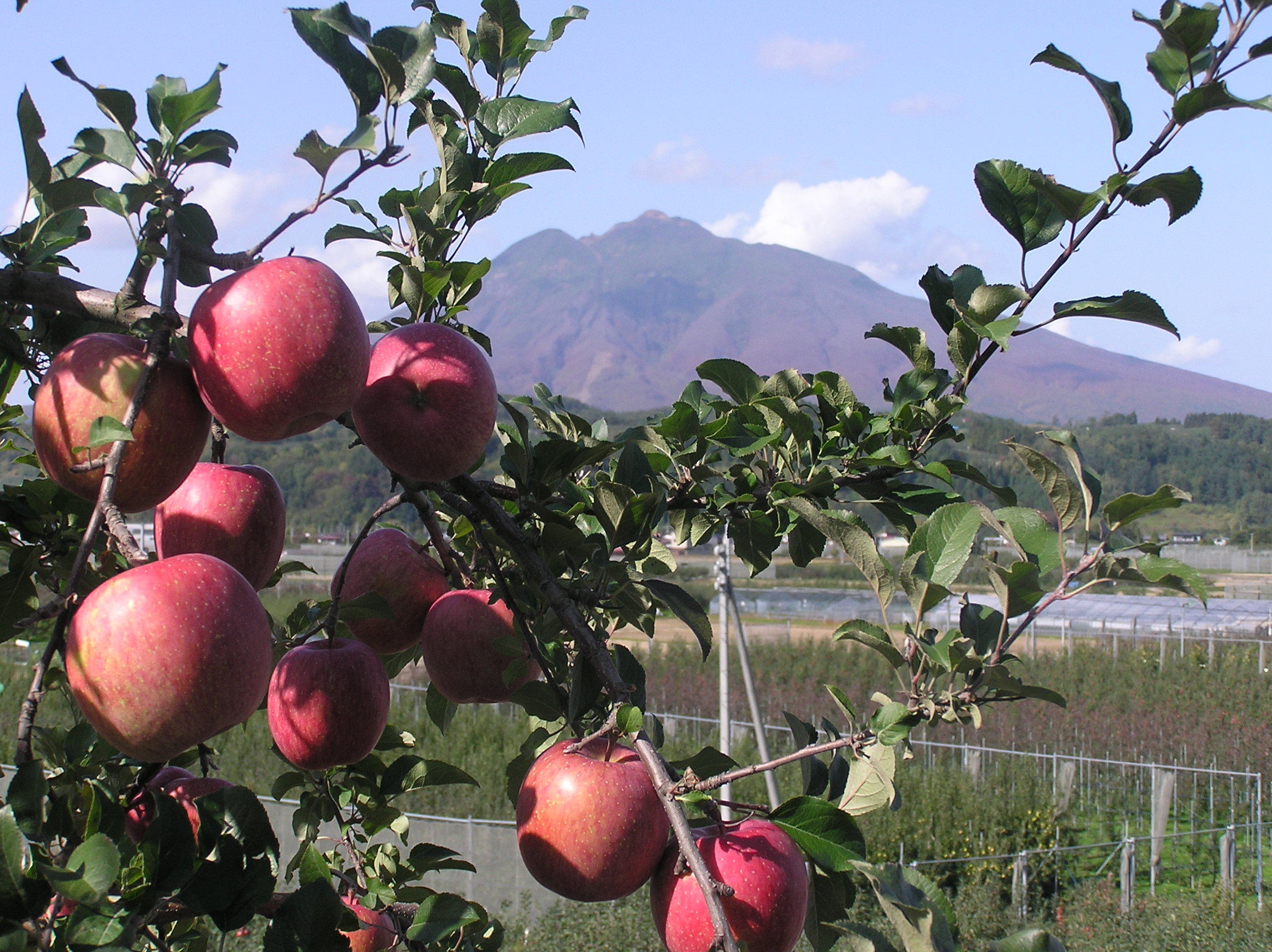 4. Tsugaru (津軽市) is a city located in northeastern Aomori Prefecture in Tōhoku region of Japan. Aomori Prefecture is perhaps the best known apple growing region of Japan. Of the roughly 900,000 tons of Japanese apples produced annually, 500,000 tons come from Aomori. Tsugaru apples are 75% red over color on a yellow background. They are medium sized, mid-season maturing fruit, and resemble Golden Delicious, but are firmer fleshed. They are weakly flavored, sweet-tart, crisp and juicy. 5. Each part of Japan tends to have a dialect unique to the area. The Tsugaru dialect (津軽弁) is spoken in western Aomori Prefecture. Tsugaru-ben is reputed to be too divergent from standard Japanese for those who are not native speakers, to the point that even people living in the same prefecture may have trouble understanding it. Wikipedia: Tsugaru dialect 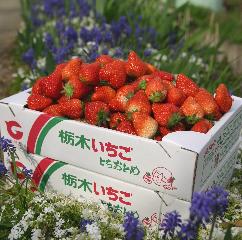 6. Tochigi Prefecture (栃木県) is a prefecture located in the Kantō region on the island of Honshu, Japan. Tochigi is Japan’s number one strawberry production area. Tochiotome, a large, sweet variety of strawberry with a vivid red color, represents Japanese strawberries. This variety is large in size and sweet, juicy and soft in taste. The harvest season starts around December. Many farms offer tourists an opportunity to experience strawberry picking. Wikipedia: Tochigi Prefecture 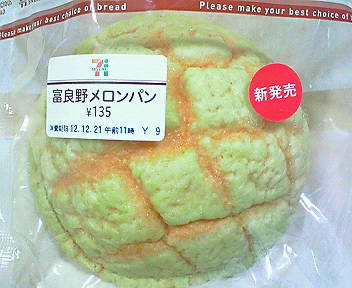 7. Melonpan (メロンパン) is actually a very popular snack in Japan, commonly sold in convenience stores (コンビニ). It is typically a green bread bun with a textured top and with a faint flavor of melon. Wikipedia: Melonpan  8. A Yūbari melon (夕張メロン) is a cantaloupe cultivar farmed in greenhouses in Yūbari, Hokkaidō, a small town close to Sapporo. Wikipedia: Yūbari melon 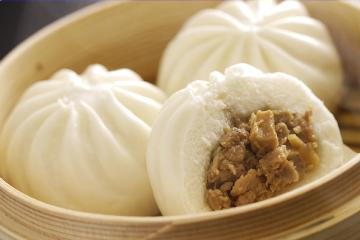 9. These steamed buns are often sold in convenience stores (コンビニ) or as street food. Nikuman (肉まん) is a Japanese food made from flour dough, and filled with cooked ground pork or other ingredients. It is a kind of chūka man (中華まん lit. Chinese-style steamed bun) similar to the Chinese baozi (包子), also known in English as pork buns. Kareman (カレーまん) have the ingredients as meat buns or pork buns but with curry-style flavoring, and turmeric or food coloring is added to the skin to make it yellow. Anman (あんまん) have red bean filling made of azuki beans inside. Wikipedia: Nikuman Translation Notes 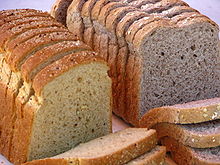 a. Shokupan (食パン) is regular sliced sandwich bread. b. As these fancy breads are French, it is the French word "chocolat" that their names derive from. |
Updates
May 4, 2012 - Thank you to everyone who has been visiting. I plan to update weekly now so be sure to check back every Monday for a new crazy cute character! Requests are very welcome and so far Mamegoma, Rilakkuma, and Nyan Nyan Nyanko have been requested and are in the process.... please be patient as there is a lot of information about them! Please keep spreading the word about the cuteness of San-X!!!
Monday, January 7, 2013
Kogepan
Subscribe to:
Post Comments (Atom)

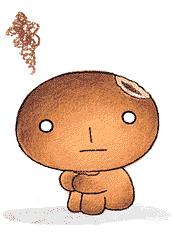
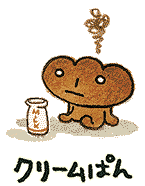



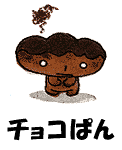
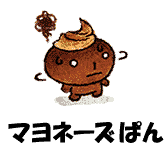
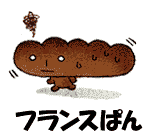
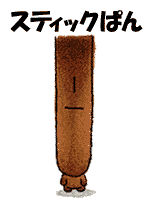

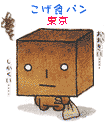



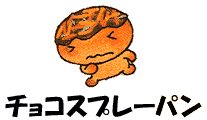


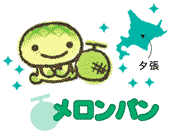
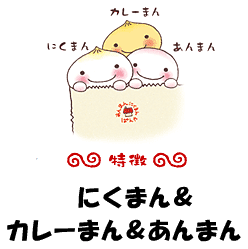
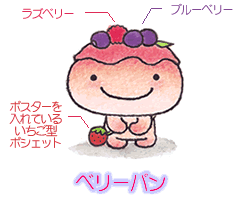


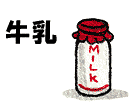
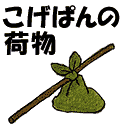

I have a folder of kogepan can you please translate it
ReplyDeleteYes! Please email me good quality scans: a.little.pix@gmail.com
Delete